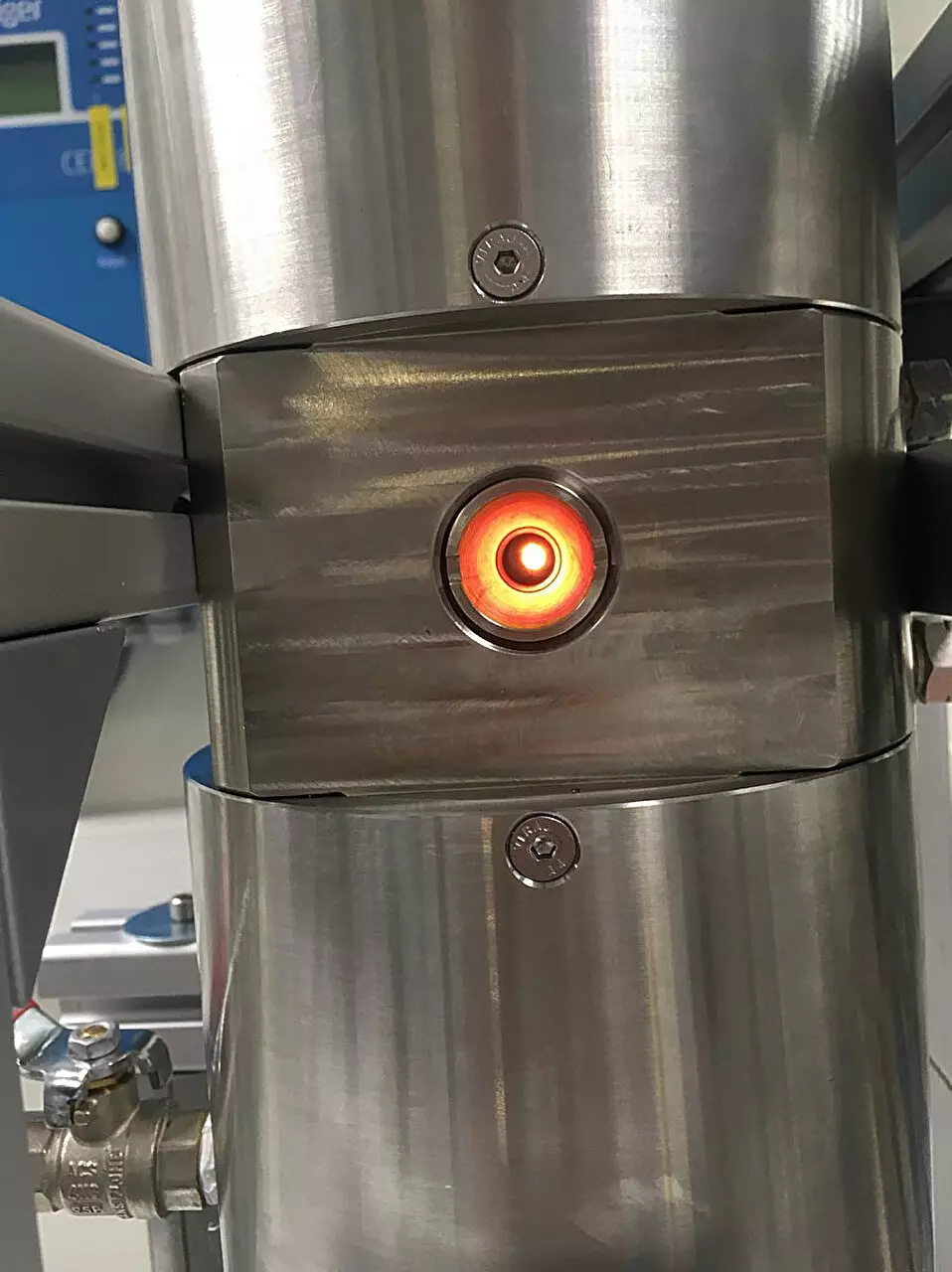The intricate and often volatile behavior of volcanic eruptions poses significant challenges for scientists and hazard assessment professionals alike. With a spectrum that ranges from serene lava flows to catastrophic explosive events, the unpredictability of volcanoes brings with it dire consequences not only for local populations but also for global systems, affecting air travel and even climate patterns. Recently, a groundbreaking study conducted by researchers at The University of Manchester has provided unprecedented insights into this complex natural phenomenon.
While volcanoes indiscriminately spew out magma and gases, the mechanisms behind these eruptions largely remain hidden. The advent of high-tech laboratory equipment has now enabled scientists to model and observe these processes in controlled settings, marking a paradigm shift in volcanological research.
In a remarkable study published on August 16 in Science Advances, the researchers revealed their innovative pressure vessel technology, which closely mimics volcanic eruption conditions. This novel apparatus allows for real-time observation of bubble dynamics in basaltic magma, offering a clearer picture of the vesiculation kinetics that occur underground.
This simulation is crucial, as traditional methods of studying magma behavior have been limited to numerical modeling and theoretical predictions, which often fail to capture the complexities present during an actual eruption. The use of high-energy techniques, such as X-ray synchrotron radiography, allows scientists to visualize the growth of bubbles in the magma, providing real-time data on how these gases influence magma behavior as it ascends.
One of the key findings of the study is the critical relationship between gas dissolved in magma and the eruption style that ultimately emerges. The analogy to champagne serves as an effective illustration: while both bottles contain the same amount of gas, the manner in which that gas escapes varies considerably. This is akin to the different eruptive styles observed in volcanoes, ranging from gentle effusions to explosive bursts that can occur within moments.
The research delved into how this coupling of magma and gas changes as pressure impacts the magma’s ascent. Scientists demonstrated that stronger gas-melt coupling typically leads to more dramatic and explosive eruptions. By manipulating pressure in the experimental vessel, they could observe how bubbles grow and merge, ultimately influencing the eruption’s nature.
Lead author Dr. Barbara Bonechi emphasized the importance of this research for understanding potential eruptive transitions and the implications it holds for hazard assessment. By gaining insight into the processes that dictate eruption characteristics, scientists can better predict the behaviors of active volcanoes. This work advocates for improved risk mitigation strategies, ultimately enhancing public safety for populations living in close proximity to these volatile mountains.
The ability to quantify real-time bubble growth and understand coalescence dynamics represents a significant leap in our knowledge of volcanic processes. With these improved methodologies, future research may yield even further insights into how and when eruptions may occur, potentially aiding in evacuation and preparedness efforts.
As we continue to grapple with the threats posed by volcanic activity, the findings from The University of Manchester’s study represent essential progress in the field of volcanology. This research not only sheds light on the real-time dynamics of magma behavior but also opens avenues for future studies aimed at enhancing our understanding of some of nature’s most awe-inspiring yet dangerous phenomena.
Through collaborative efforts and technological advancements, scientists are better equipped than ever to tackle the mysteries of volcanoes, and in doing so, they provide invaluable knowledge that has the potential to save lives and mitigate risks associated with volcanic eruptions. The journey towards a complete understanding of volcanic processes is evolving, and the implications of this research could be felt for years to come.

